Raku tea bowl with bamboo by Kosai Miyagawa
Raku tea bowl with bamboo by Kosai Miyagawa
Couldn't load pickup availability
Height: 9.0cm Width: 12.5cm
"Black Glazed Hand-formed Bamboo Tea Bowl" is a Makuzu-yaki tea bowl by Miyagawa Kosai. It is covered with a deep black glaze and features a vivid bamboo painting on top of it. This tea bowl stands out for its elegant beauty, as if it captured the atmosphere of Kyoto. The thickness of the glaze on the surface of the tea bowl makes it feel warm to the touch, and it feels like you will love it more and more every time you use it. The two-colored bamboo is boldly painted on the heavy background of the black glaze, giving the entire tea bowl depth and movement, and if you look at it for a long time, you will feel as if you are taking a walk in Arashiyama. The design of this piece is simple yet calm, giving it a sense of tolerance. The vivid bamboo painted on the black glaze expresses the strength and tranquility of nature at the same time, giving it an air of elegance that is typical of Kyoto. This tea bowl has a weighty presence that is suitable for brewing strong tea, and will further enhance the atmosphere of your tea room.
Characteristics and techniques of Makuzu ware
Makuzu ware incorporates a wide range of traditional Kyoto ware techniques, using overglaze techniques such as Ninsei-tsutsushi and Kenzan-tsutsushi, as well as blue and white, iron painting, Kochi, and gold lining. As a result, Makuzu ware is particularly gorgeous and elegant among Kyoto ware, and its beauty is highly valued both as tea utensils and as an ornamental piece. Miyagawa Kosai's works are also based on these traditional techniques, and these techniques can be seen everywhere in the "Black Glazed Hand-formed Bamboo Painted Tea Bowl." In particular, the black glaze applied to this tea bowl has a deep color but also reflects light softly, creating a striking visual effect in which the bamboo painting appears to float. The contrast between the green of the bamboo and the black glaze creates the elegant beauty unique to Kyoto ware, and the entire tea bowl gives a sense of natural tranquility. Using this tea bowl will further tighten the space of the tea ceremony and provide tea masters with a deep meditative time.
The history of Makuzu ware and the tea ceremony
The history of Makuzu ware dates back to around 1680. The Miyagawa Kosai family took root in Kyoto during the Jokyo era in the early Edo period, and has been making tea utensils and everyday pottery for 330 years. Makuzu ware has evolved in response to the demands of the times, producing sencha utensils when sencha was popular, and tea utensils when the tea ceremony was popular. This "Black Glazed Hand-formed Bamboo Painted Tea Bowl" also reflects the techniques and aesthetic sense cultivated over its long history. In the early Showa period, the fourth generation Eiyo Kosai received training in the tea ceremony and began his career as a tea pottery artist. The tradition has been passed down to the present day, and now the seventh generation Miyagawa Kosai is creating new works while preserving the techniques. Makuzu ware, which combines a deep understanding of the tea ceremony and pottery techniques, is not just a decorative item, but also combines practicality and beauty as a tea ceremony utensil.
Share
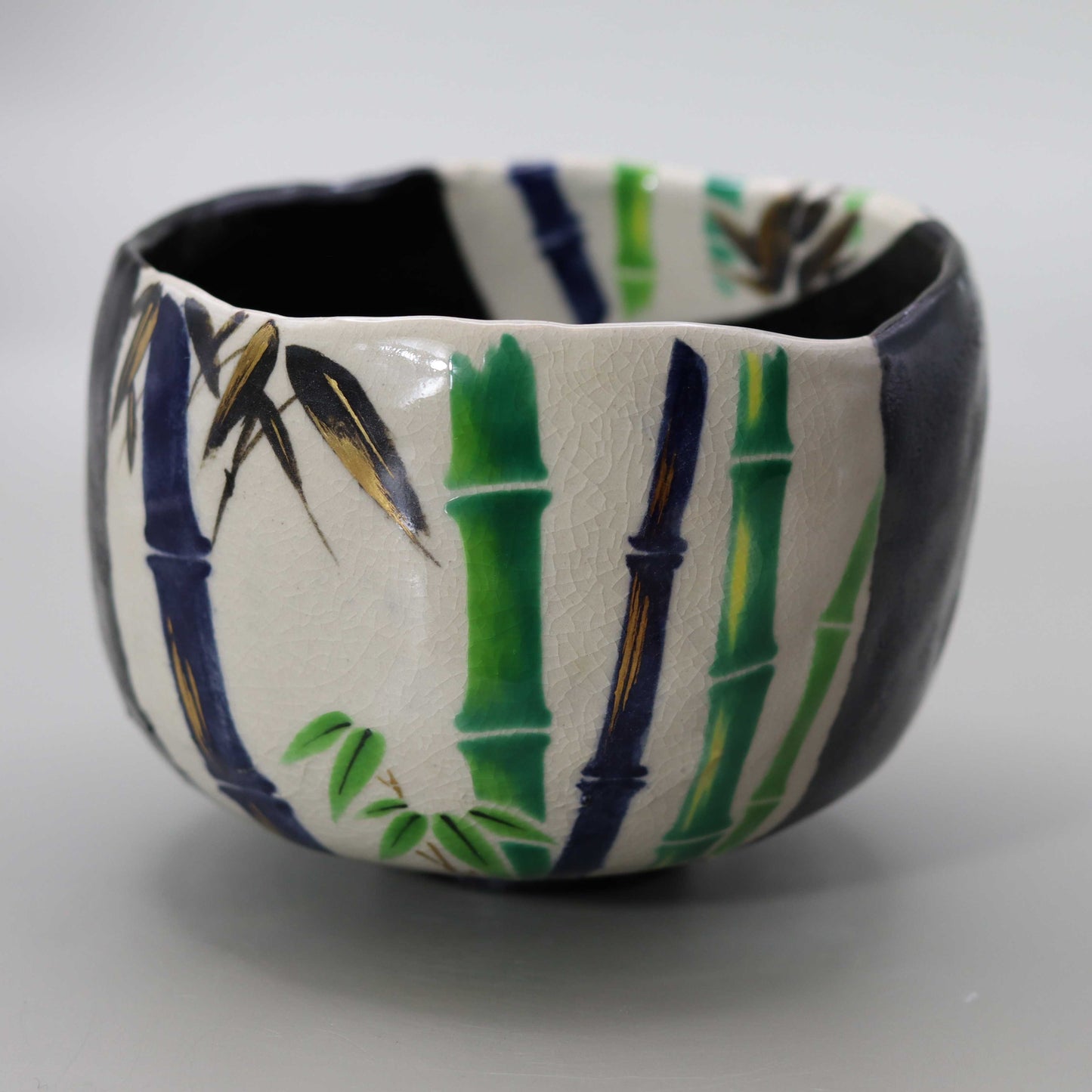

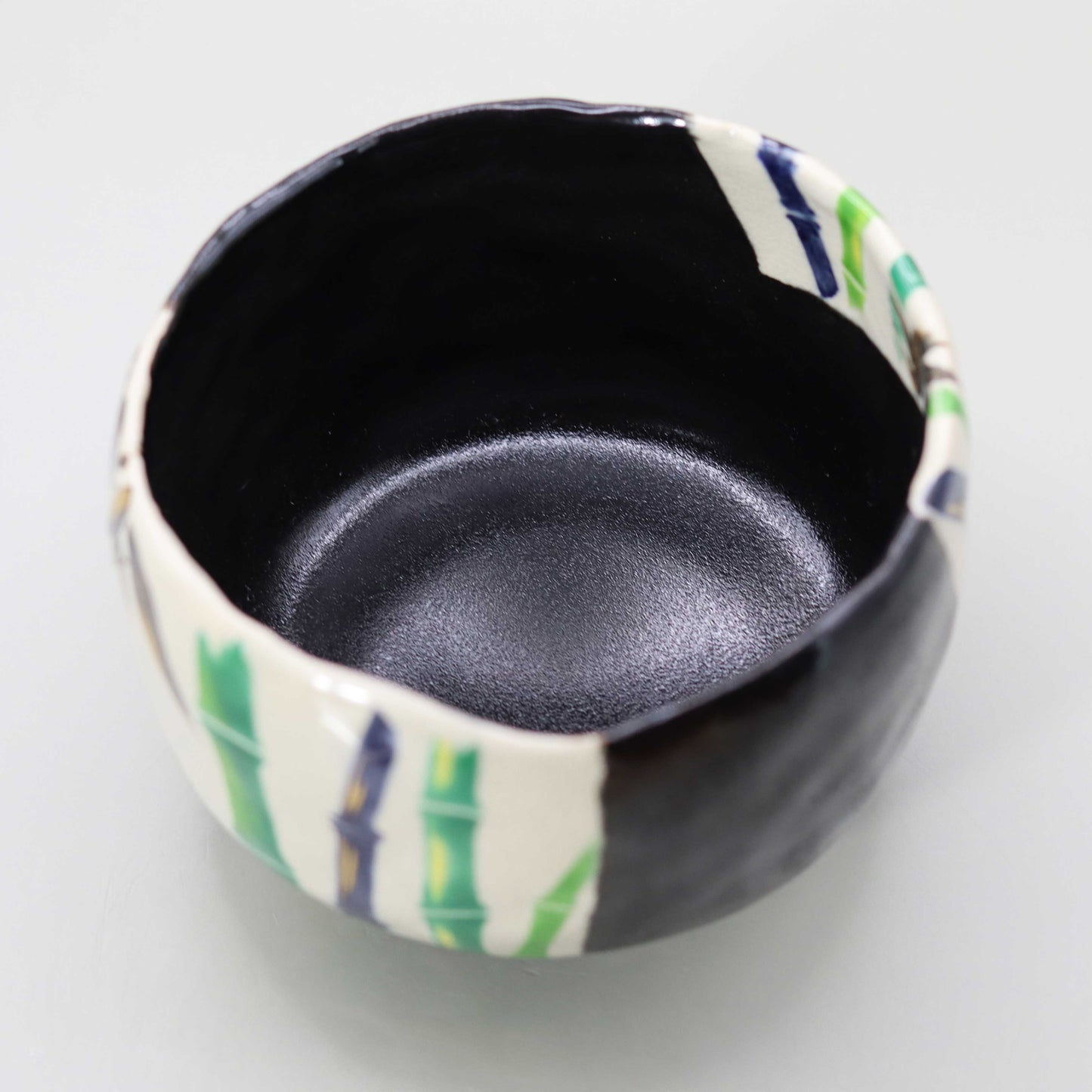
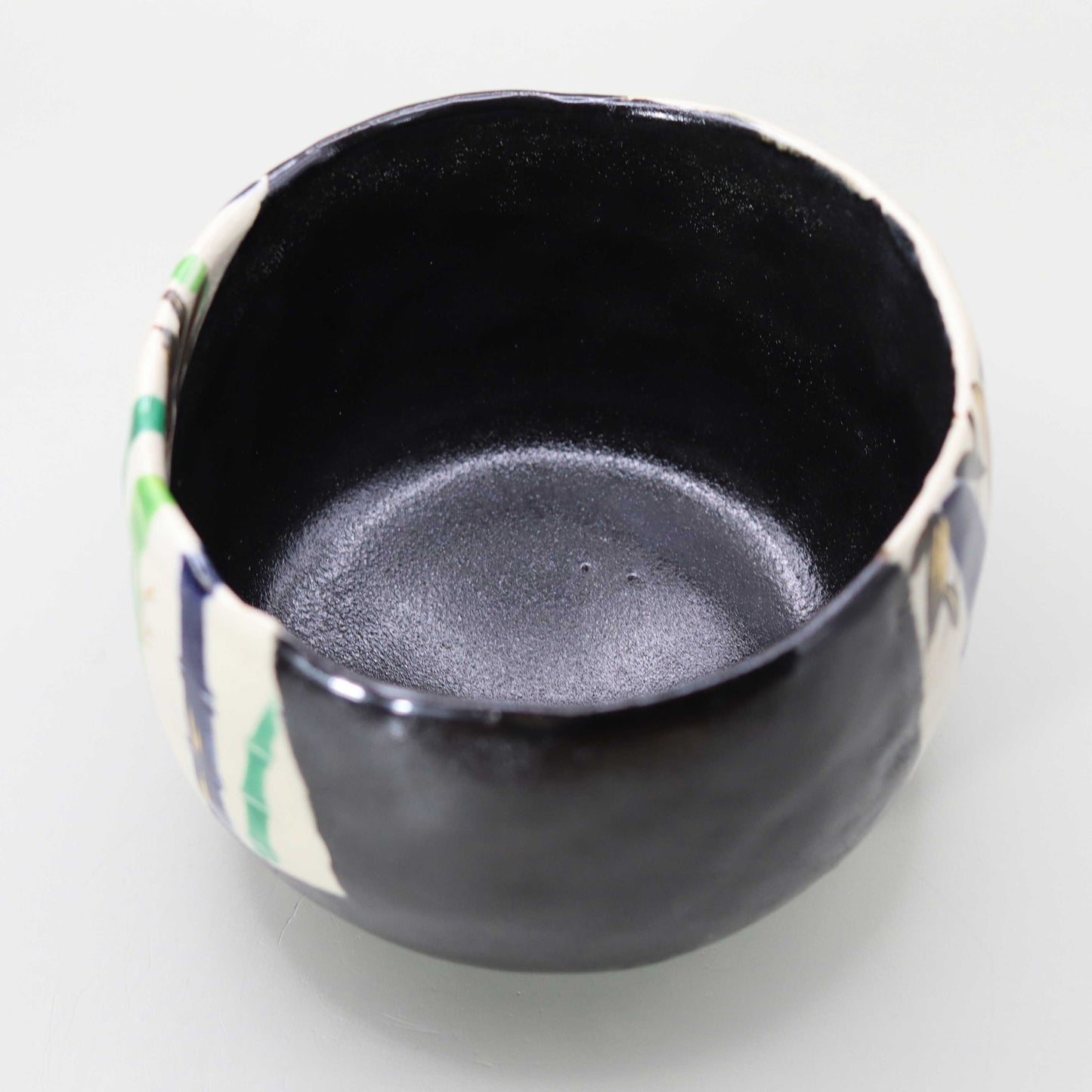
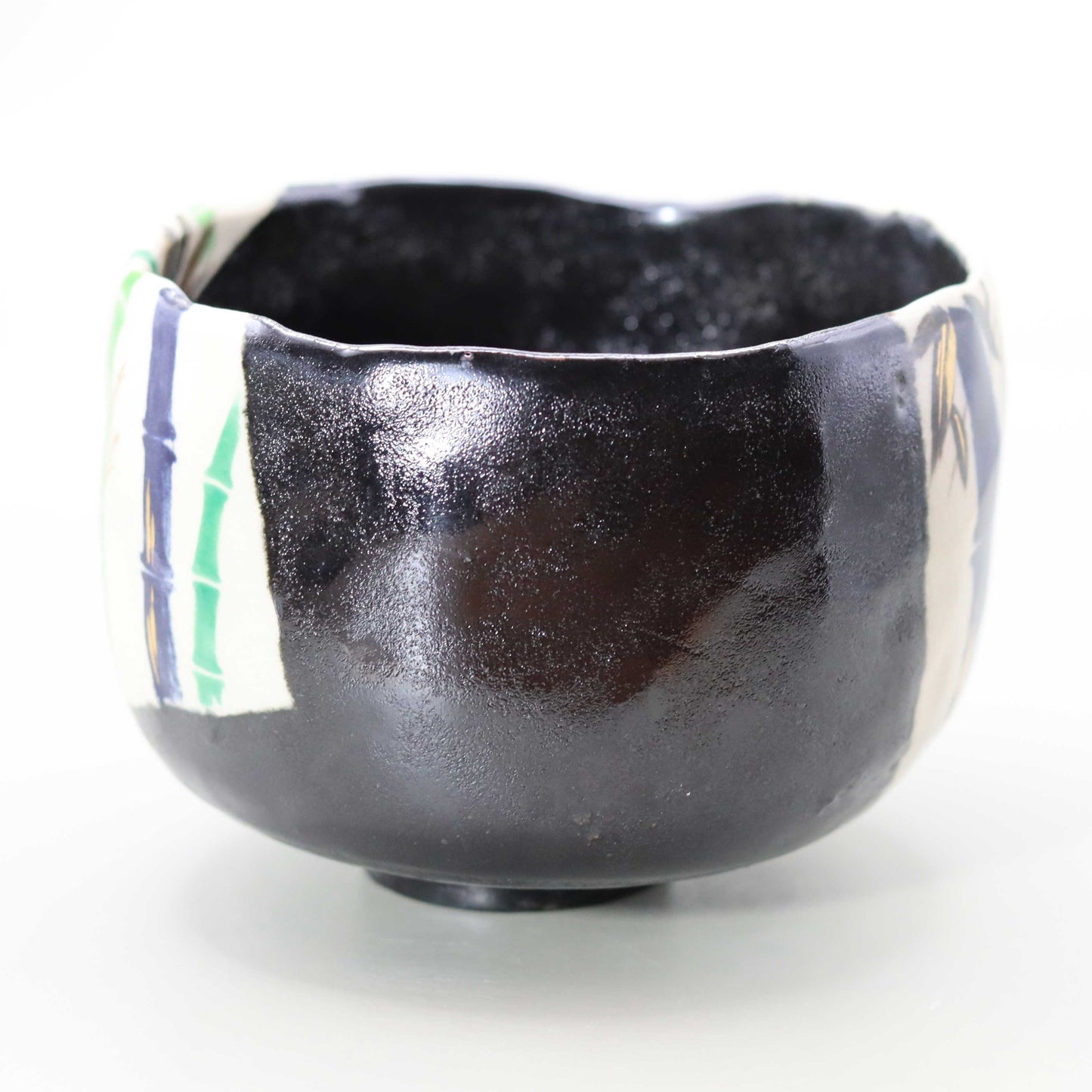
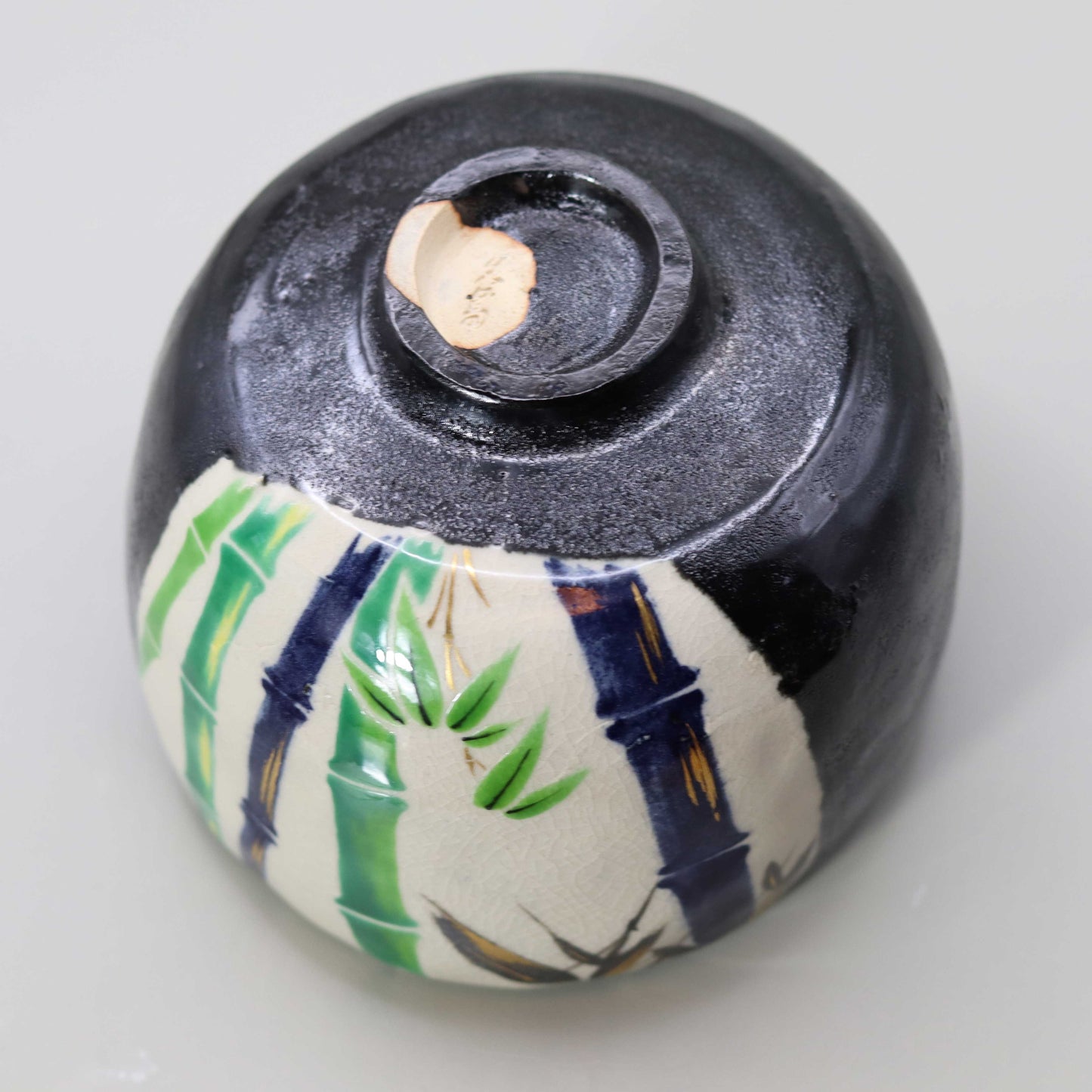


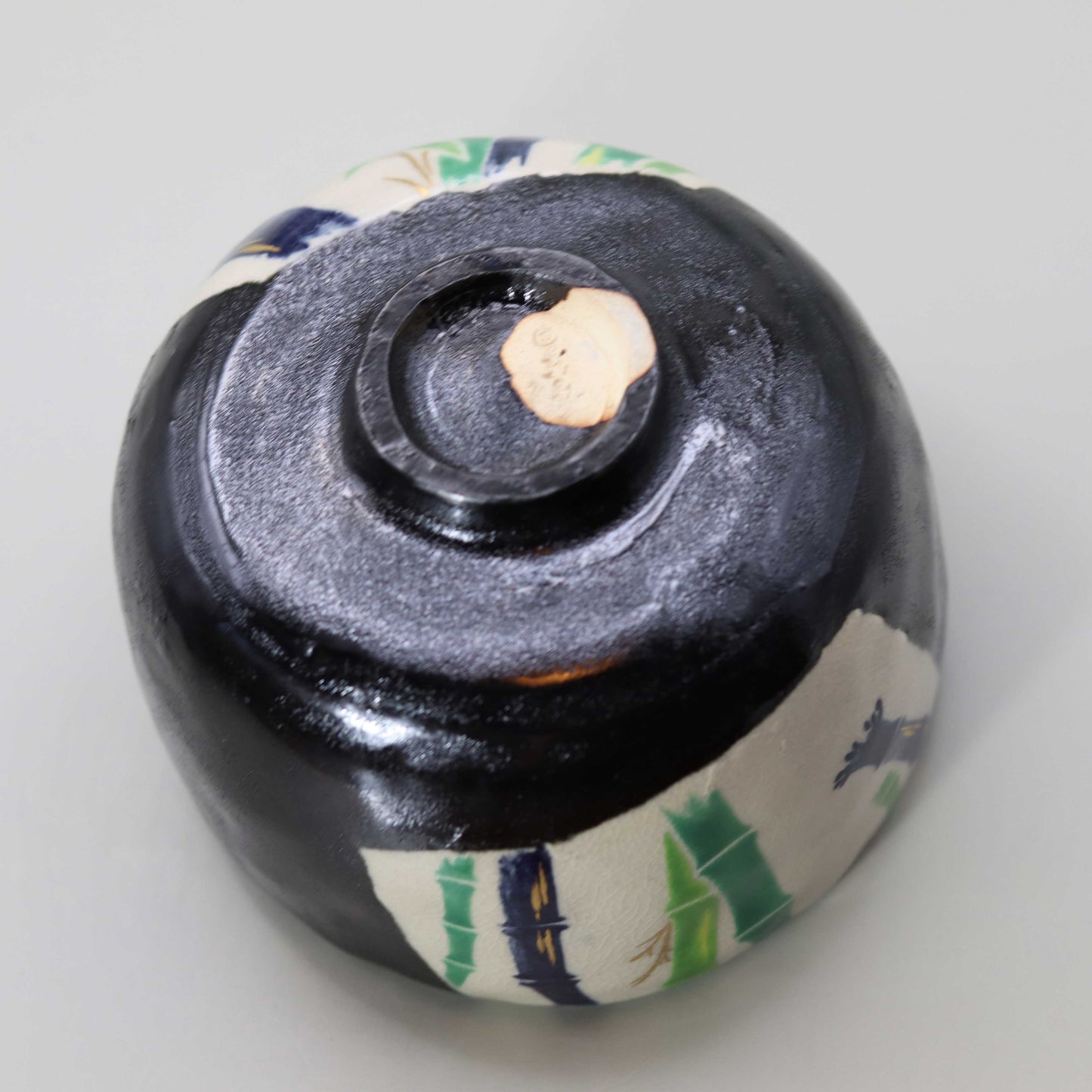
Multi-Column
-
[I will send it to you quickly and carefully]
We carefully package each product in a way that suits it best.
Also, delivery times vary depending on the piece (vessel, etc.).
Items that already come with a box will be shipped within 1-3 days of the order date.
For items that require a box to be made after your order, it will take approximately 30 days for production to be completed and then shipped.
In either case, once we have confirmed your order, we will contact you by email to inform you of the delivery date.
-
[Requests when purchasing pottery]
Even products that look the same may differ slightly in color, shape, size, etc.
The way the glaze is used, the power of the kiln, the firing method, the season, and the humidity also affect the appearance of the pottery.
Please understand the individuality of each piece of pottery and enjoy the unique warmth of handmade.









